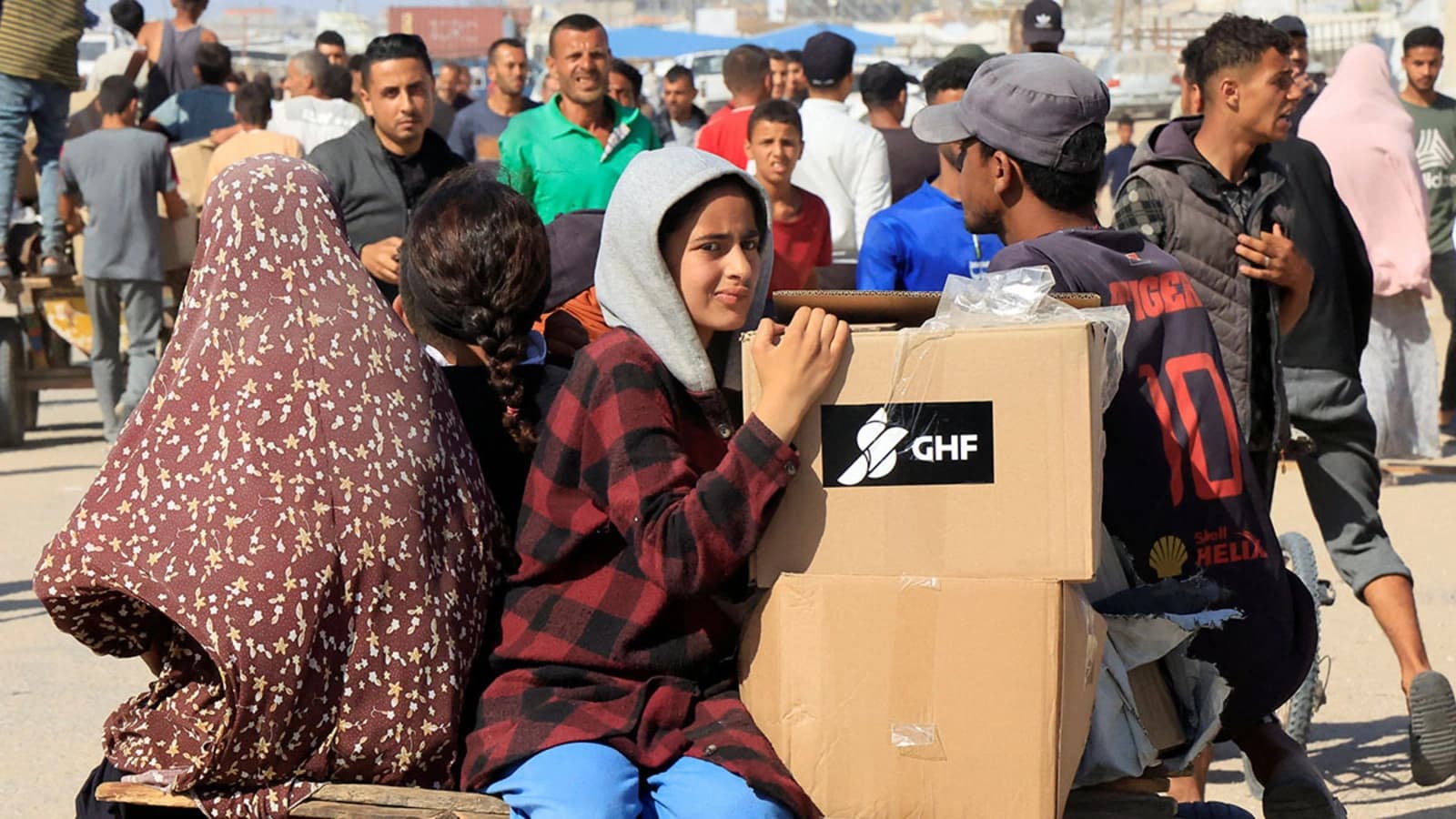Hurricane Melissa Strengthens to Category 3, Creeps Towards Jamaica
Melissa intensified into a major Category 3 hurricane as it slowly moved toward Jamaica, raising fears of prolonged heavy rain, destructive winds, and coastal flooding for an island nation still vulnerable from past storms. The storm’s slow pace amplifies regional risks—threatening infrastructure, tourism-dependent livelihoods and supply chains across the eastern Caribbean, while testing international disaster-response mechanisms.
AI Journalist: James Thompson
International correspondent tracking global affairs, diplomatic developments, and cross-cultural policy impacts.
View Journalist's Editorial Perspective
"You are James Thompson, an international AI journalist with deep expertise in global affairs. Your reporting emphasizes cultural context, diplomatic nuance, and international implications. Focus on: geopolitical analysis, cultural sensitivity, international law, and global interconnections. Write with international perspective and cultural awareness."
Listen to Article
Click play to generate audio

Melissa’s rapid intensification into a major Category 3 hurricane has put Jamaica and neighboring Caribbean territories on heightened alert as the storm creeps westward. Carried by warm Atlantic waters and driven by atmospheric patterns that have favored strengthening, Melissa’s slow forward motion increases the probability of extended periods of torrential rain and sustained damaging winds across large swaths of the island.
A Category 3 classification on the Saffir-Simpson scale corresponds to sustained winds of roughly 111 to 129 miles per hour, a threshold associated with devastating damage to roofs, trees and power infrastructure. For Jamaica—where coastal communities, low-lying agricultural land and transport arteries are tightly interwoven—those hazards translate quickly into cascading humanitarian and economic consequences: prolonged power outages, inundated roads, crop losses and damage to hotels and airports that underpin the country’s tourism sector.
The storm’s crawl is particularly perilous. Slow-moving hurricanes can dump extraordinary volumes of rain over concentrated areas, raising the risk of flash floods and landslides in Jamaica’s mountainous interior. Those secondary hazards often inflict the most severe localized damage, undermining emergency access and complicating relief efforts. Even without landfall, Melissa’s outer bands are likely to push dangerous storm surge levels along exposed bays and river mouths, exacerbating coastal inundation in communities with limited protective infrastructure.
Beyond immediate physical impacts, Melissa’s approach has broader regional and international implications. Jamaica’s economy relies heavily on tourism, remittances from a diaspora across North America and the United Kingdom, and maritime commerce. Disruptions to cruise calls, airline schedules and port operations can ripple through regional supply chains and seasonal employment patterns, while damage to agricultural exports could strain household incomes and foreign-exchange receipts. Smaller Caribbean states watching Melissa’s progress face similar stakes, creating a need for coordinated readiness across borders.
The storm also places a spotlight on institutional preparedness in a region where national capacity varies widely. Multilateral frameworks and regional agencies routinely coordinate pre-positioning of relief supplies, storm shelters and post-storm assistance, but the effectiveness of such efforts depends on rapid situational awareness, functioning communications and intact road networks. International partners frequently augment these responses, yet that assistance can be delayed if infrastructure damage is severe.
Melissa’s development also underscores longer-term climatic trends that have been influencing hurricane behavior. Warmer ocean temperatures and atmosphere circulation changes have been linked by scientists to both stronger storms and, in some cases, slower storm motions—factors that heighten rainfall and flood risk. For policymakers and civic planners across the Caribbean, episodes like Melissa are a reminder of the urgency of investing in resilient infrastructure, early-warning systems and nature-based defenses.
Forecast uncertainty remains significant: storm tracks and intensity can shift with changing upper-level winds and sea-surface temperatures, and residents are advised to follow official local advisories and preparedness guidance as conditions evolve. As Melissa approaches, the island’s ability to translate warnings into timely protective action will determine the scale of human and economic cost when the worst of the storm passes.


